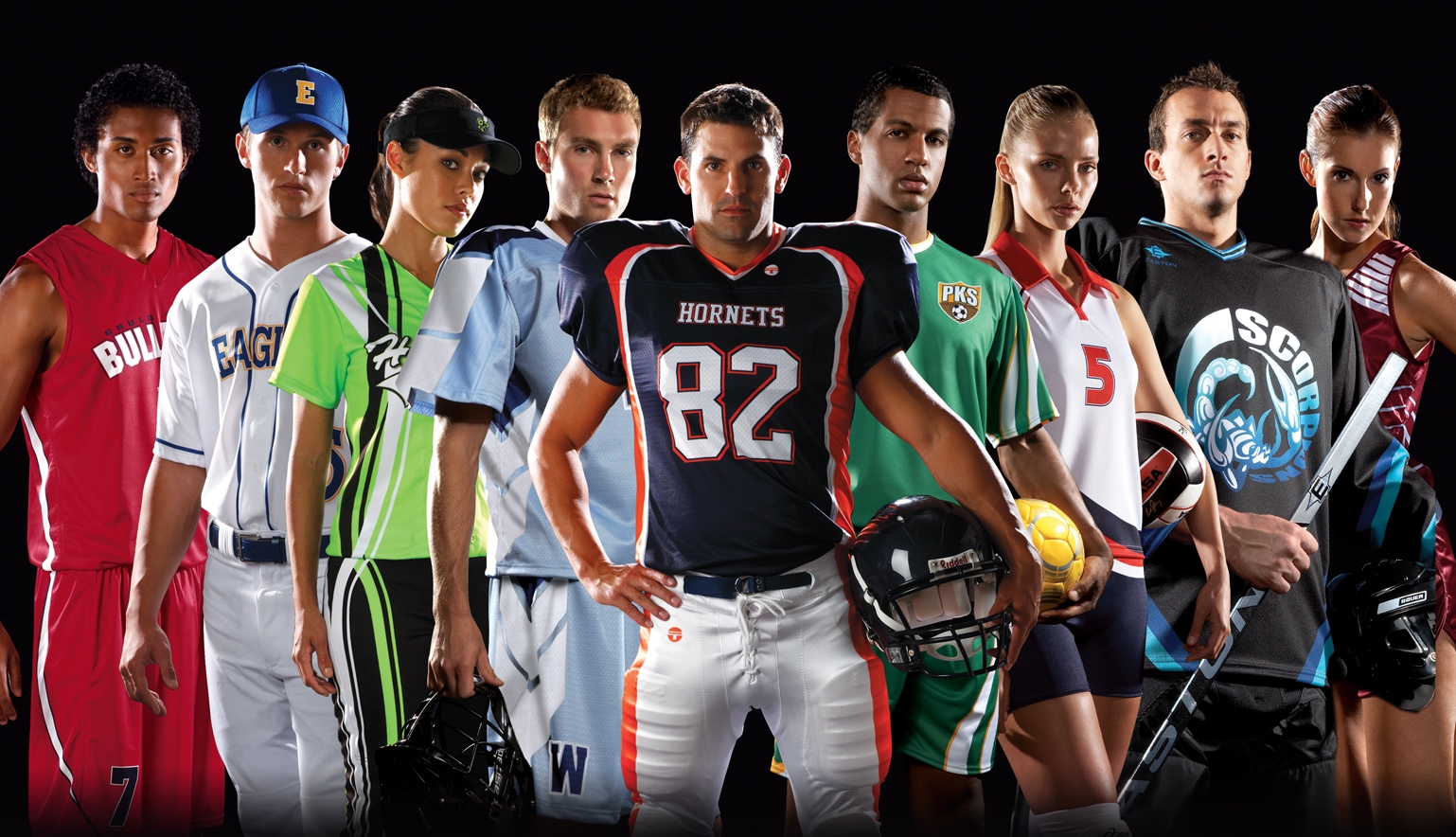 Some students envision their future at a college as playing on a college athletic team. Their passion lies in kicking a ball, running a mile, making a basket, and bonding with teammates.
Some students envision their future at a college as playing on a college athletic team. Their passion lies in kicking a ball, running a mile, making a basket, and bonding with teammates.
Just like applying to prestigious art schools or music programs, the process for athletes to get recruited is labor intensive and competitive. Student athletes need to be sure that they are willing to put in the effort. While it has similarities to the typical college application process, there are also many added facets that complicate and lengthen the process.
One of the biggest factors in the difficulty of being recruited is which division school students are aiming to play for. Division I and II sports offer scholarships and recruitment is quite competitive. Division III sports don’t offer athletic scholarships or have as extreme recruitment practices. It’s important for students to be realistic about their skill level because that will frame what kind of schools they are looking to play at.
The groundwork for athletic recruitment is laid during junior year of high school. Below are some activities to complete for juniors who are looking to play college sports.
These are just the beginning steps to the recruitment process. Students are required to do a lot of their own legwork when it comes to sending out inquiry letters to coaches, researching colleges and teams, registering with the NCAA and, in general, promoting themselves. By starting early and becoming educated about how recruitment works, student athletes will be more empowered throughout the entire process and thus, more successful in finding the right college and the right college team for them.





